Education has always been a dynamic field and constantly adapting. New technologies, research, the universal shift to virtual learning during in-person restrictions, and now AI. Artificial intelligence (AI) is recently gaining popularity in every industry, but how is ai used in Education?
AI has been apart of education technology for some time, but is recently gaining widespread adoption. AI has the potential to revolutionize the way we teach and learn, making education more efficient, effective, and accessible. From personalized learning to automating administrative tasks, AI is being used in a wide range of ways in education.
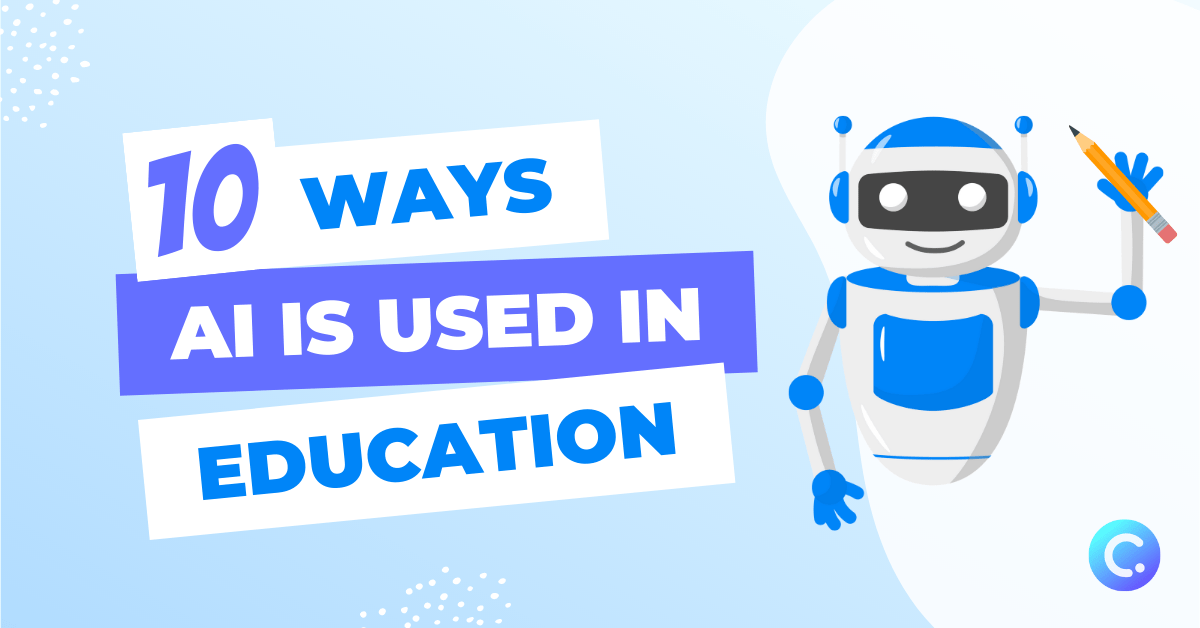
How is Ai used in Education?
There are numerous ways AI is already being used in education, such as providing personalized feedback to students, automating administrative tasks, and even identifying areas where students may need extra help. However, this is just the beginning. AI is constantly evolving and adapting to new challenges, which means the possibilities for using it in education are virtually limitless.
In this blog, we will explore 10 specific ways in which AI is currently being used in education, and how you as a teacher can start incorporating AI into your classroom. Whether you’re looking to improve student learning outcomes, reduce your workload, or increase access to education, there are numerous ways AI can help you achieve your goals. So, let’s dive in and discover how AI is changing the face of education!
| How ai is used in education: | Tools Teachers can use: | |
| 1. | Course and lesson plan creation | Top Hat, Education Copilot, ChatGPT |
| 2. | Differentiated learning | Dreambox, Smart Sparrow, Knewton |
| 3. | Auto-grading | Gradescope |
| 4. | Pinpointing knowledge gaps | Exact Path |
| 5. | Test prep | ExamSoft, R.Test, ClassPoint |
| 6. | Admin & task automation | Zapier |
| 7. | Personalized, virtual tutoring | Squirrel AI |
| 8. | Providing student feedback | Turnitin Feedback Studio |
| 9. | Adaptable Universal access | Braina, Ai-Live captioning |
| 10. | Improved Digital Learning | MATHia, Duolingo |
| + | Virtual, smart teacher assistant | ChatGPT |
10 AI Use Cases in Education
1. Course and Lesson Plan Creation
AI is transforming course and lesson plan creation in education, making it faster and more efficient than ever before. AI-powered tools can help teachers create high-quality, personalized courses and lesson plans that align with their students’ needs and interests.
AI tools for lesson creation:
A few ai tools that teachers can leverage for lesson planning include Top Hat, Education Copilot, and ChatGPT.
- Top Hat’s Content Marketplace provides teachers with access to a library of customizable course content that they can use to create engaging, interactive lessons.
- Education Copilot can AI generate structured lesson plans as well as help create lesson material.
- And lastly, ChatGPT can be used as a search engine replacement, asking the conversation chatbot to retrieve exact information to your lesson planning question. You can ask ChatGPT any question instead of filtering through a list of Google results such as: “I teach _____ grade _____. Which high-yielding strategies can I use to teach ____ lesson?” “What are some conversation/topic points that can engage students in discussion?” You can ask ChatGPT for a lesson plan, for a rubric, for information, and endless specific prompts at all steps of the planning.
2. Differentiated Learning
Differentiated learning has always been a priority in education, but with the help of AI, it has become easier to tailor instruction to meet the unique needs of each student. By leveraging AI-powered tools, teachers can design customized learning paths for their students based on their individual strengths, weaknesses, and learning preferences. These tools can analyze student data such as assessment scores, attendance records, and even behavioral patterns to recommend targeted resources and learning activities that cater to each student’s needs.
AI-powered differentiated learning also provides students with opportunities for self-directed learning and mastery-based progression, allowing them to work at their own pace and focus on areas where they need the most support.
AI tools for differentiated & personalized learning:
An example of how a teacher can implement this is by using adaptive learning platforms such as Dreambox, Smart Sparrow, or Knewton. These platforms use AI algorithms to analyze student data and recommend personalized lessons and activities for students based on their individual learning styles, abilities, and progress. This enables teachers to efficiently differentiate instruction for each student, which can help them engage more deeply with the material and achieve better academic outcomes.
3. Auto Grading
Auto grading is one of the most exciting ways that AI is transforming workload and productivity for teachers. Grading can be a time-consuming and overwhelming task for teachers, but AI can automate this process by grading written assignments for teachers.
AI Grading tools:
For example, a teacher could use an AI-powered grading tool like Gradescope which allows teachers to upload assignments and assessments, and then automatically grades them using machine learning algorithms. Teachers can easily review and adjust the grades before releasing them to students.

There are a lot of up & coming ai grading assistant tools, but also a lot of hesitations and concerns for high-stakes exams, essays, or assignments. But incorporating ai tools to help teachers grade, has the potential to free up a lot of valuable time for teachers as well as reduce grading bias.
4. Pinpointing Knowledge Gaps
AI can analyze student data to identify skill and knowledge gaps. By analyzing data from assessments and assignments, AI can generate diagnostic assessments identifying areas where students may be struggling.
Diagnostic Student Assessment tool:
One example of an AI-powered tool that can help teachers to pinpoint knowledge gaps is Edmentum’s Exact Path. Exact Path uses adaptive assessments to identify areas where students are struggling and then provides personalized learning paths to help them improve. Teachers can use this tool to track student progress and adjust instruction as needed.
By using AI-powered tools to identify knowledge gaps, educators can provide targeted support to their students and help them to achieve their full potential. These benchmarks can lead to improved academic outcomes and increased student engagement.
5. Test Prep
AI-powered test prep tools are transforming the way that teachers prepare students for exams. By using natural language processing technology, these tools can analyze student data and provide targeted practice exercises to help students improve their test-taking skills.
Ai Test prep tools:
From students preparing on their own to teachers auto-generating test prep questions to run in class, there are a lot of tools that both teachers & students can use to improve their test prep resources.
- One example of an AI-powered test prep tool that teachers can use is ExamSoft. ExamSoft uses data analytics to help teachers create targeted practice exercises that focus on the areas where their students need the most support. This can help to reduce the amount of time that teachers spend on test prep while ensuring that students are well-prepared for their exams.
- Another example is a tool for students preparing for standardized exams is R.Test. R.Test collects live student data, and after just 30 questions, predicts the students score, highlights areas of weakness, and can provide actionable insights like exam habits for standardized exams like the TOEIC and the SAT & ACT.
- For automating review prep for teachers, ClassPoint’s PowerPoint-integrated quiz questions, has a new AI quiz generator that will take teachers lesson material and write test prep questions. If you have a textbook that you want quiz questions created from, you can similarly try Quizgecko.
Automating the test prep process has the potential to improve overall exam scores by personalizing feedback and pin pointing areas that students need to work on.
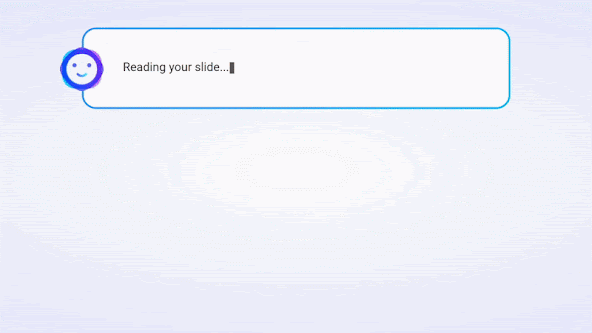
6. Admin & Task Automation
AI-powered tools are revolutionizing the way that schools manage administrative tasks and teachers automate their daily workloads. By using machine learning algorithms, these tools can streamline administrative work and reduce the amount of time that teachers spend on administrative tasks.
For administrators: AI-powered tools can also improve work in schools by automating tasks such as student registration, and report card generation. This can help to reduce errors and increase efficiency, allowing schools to better manage their resources and focus on providing quality education for their students.
For teachers: AI can also help teachers automate repetitive tasks such as taking attendance, sending reminders to students, and organizing their daily schedules. This not only saves time but also ensures that administrative work is done accurately and efficiently.
Task Automator for Teachers:
One example of an AI-powered tool that can be used for task automation is Zapier. With it’s ability to connect to different software tools, Zapier allows teachers to automate repetitive tasks such as grading assignments or sending email reminders to students. This can help to reduce the time spent on administrative work, allowing teachers to focus more on teaching and interacting with students.
As a teacher, incorporating AI-powered tools into your daily work can help you to streamline your workload and reduce the time spent on manual administrative tasks. This can allow you to focus more on teaching and interacting with students, leading to a more engaging and effective learning experience!
7. Virtual, Personalized Tutoring
AI-powered tutoring support is revolutionizing the way that students learn their coursework. By using machine learning algorithms, AI-powered tutoring systems can provide personalized support to students, allowing them to work at their own pace and receive guidance when they need it.
AI Tutoring tool example:
One example of an AI-powered tutoring tool that teachers can use is Squirrel AI. Squirrel AI uses adaptive learning algorithms to provide personalized support to students, identifying areas where they may be struggling and providing targeted practice exercises to help them improve.
By providing personalized support, AI-powered tutoring systems can help to improve student engagement and retention rates. Students who receive individualized support are more likely to feel confident in their abilities and stay motivated to continue learning.
8. Providing Student Feedback
One of the most critical parts of a teacher’s job is providing student feedback. It’s not just about telling a student if their answer is right or wrong, but also giving them detailed explanations on how they can improve. This process can be time-consuming, and sometimes, teachers can be subjective in their assessment, which may discourage some students. However, AI can provide a more efficient and objective approach to student feedback.
AI-powered feedback systems use machine learning algorithms to analyze student work and provide targeted feedback. This helps to eliminate bias and ensures that feedback is objective and based on a set of predefined criteria. Additionally, AI generated feedback, opposed to teacher feedback can minimize the embarrassment or mitigate the fear of failing, and actually in turn increase students confidence and ability to receive constructive feedback.
AI student feedback tool example:
An example of a tool that teachers can use for providing AI-powered feedback is Turnitin Feedback Studio. It uses machine learning algorithms to analyze student work and provide targeted feedback on areas such as grammar, spelling, and punctuation. Teachers can also provide customized feedback to students, helping them to improve their writing skills. With such tools, teachers can save time and provide more effective feedback to students, ultimately leading to improved learning outcomes.
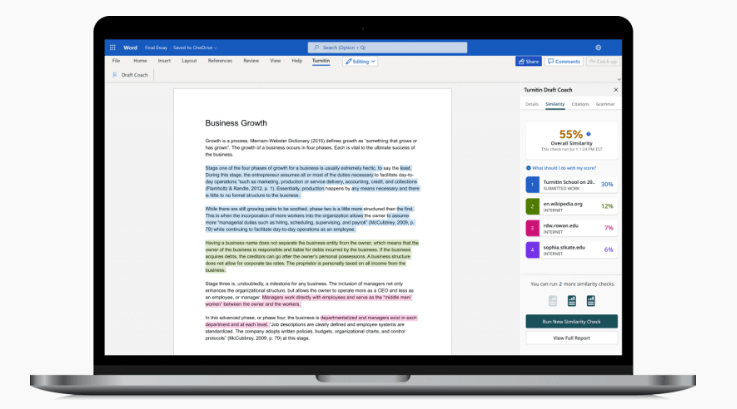
9. Adaptable, Equal Access
Adaptable, universal access is an essential aspect of modern education, and AI can help bridge the gap between different learning abilities and backgrounds. With the use of AI technology, educators can provide equal educational opportunities to all students, including those with hearing impairments or those who speak multiple languages. AI technology can automatically convert speech to text, making it easier for students to understand lectures, regardless of the teacher’s accent or pronunciation. It can also provide real-time translations for multilingual students.
Tools using AI to improve universal access:
One tool that teachers can use to implement adaptable, universal access is speech recognition software such as Braina or Ai-Live captioning, which can accurately transcribe lectures and conversations. And for videos and other multimedia content, there are a lot of closed captioning software that auto generate subtitles.
With AI technology, educators can create a more inclusive learning environment where every student can participate and succeed. It allows students to receive the education they need to reach their full potential, regardless of their learning abilities or language barriers.
10. Improved virtual learning
AI is transforming the way that students learn in the digital age. By using machine learning recommendation systems, AI-powered tools can provide personalized learning experiences by tracking progress and adapt the task or game accordingly to make it more challenging or easier.
Improved virtual learning along with gamification & incorporating game elements into learning activities can significantly enhance the learning experience for students by making it more interactive, enjoyable, and personalized.
Virtual learning tools that use AI:
- One example of an AI-powered tool that teachers can use to improve digital learning is Carnegie Learning’s MATHia. MATHia uses machine learning algorithms to provide personalized math instruction, helping students to learn at their own pace and receive targeted support when they need it.
- And a great example of ai powered learning apps + gamification is Duolingo that provides retargeted learning exercises for areas of weakness and incorporates some gamification elements such as badges you can earn at different milestones.
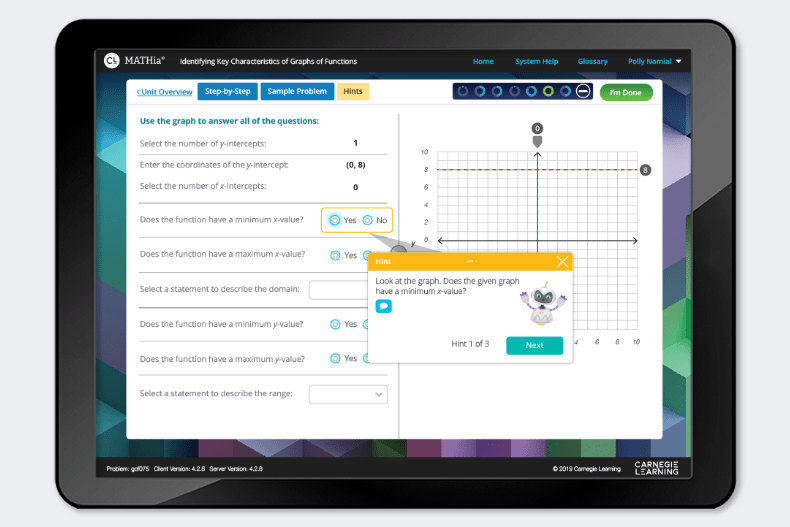
Virtual learning and accessible mobile microlearning is a critical part of education today, and the use of AI in these tools can improve digital learning outcomes for teachers & students.
Bonus: Your Virtual Teacher Assistant
Along with the many ways teachers can use AI in their classroom, teachers can generally use AI as their virtual smart assistant with any questions tasks, conducting research, prepping, and admin tasks.
Teachers can use ChatGPT as they would Google to ask any questions or brush up on their material. They can use it to come up with lesson plan ideas, design activities. Plus ChatGPT remembers conversations and is conditioned to retrieve information it’s trained on, getting smarter each time, meaning teachers can train ChatGPT to personalize search requests.
Getting comfortable with AI tools, chatbots, and prompts can help teachers make the most of their time and reduce their workload. With AI-powered tools, teachers can spend more time focusing on their students and providing quality instruction.
Conclusion
In conclusion, AI is transforming education in a variety of ways, from personalized learning to administrative automation to improved virtual learning. As AI technology continues to evolve, the possibilities for using it in education are virtually limitless. By incorporating AI-powered tools into their instruction, teachers can provide a more efficient and effective learning experience for their students, while also reducing their own workload and streamlining administrative tasks. Ultimately, AI has the potential to revolutionize the way we teach and learn, making education more accessible, engaging, and effective for all.
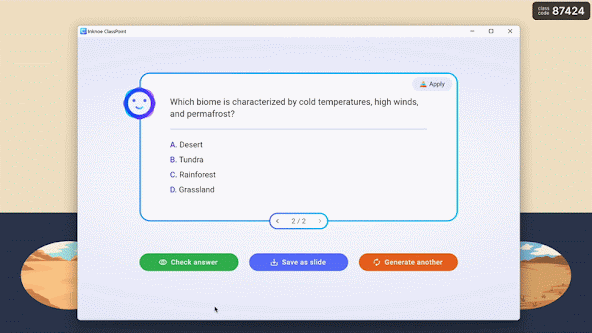
If you are interested in auto-generating student questions for test reviews, understanding checks, or simply interactive lesson material, sign up for early access to ClassPoint’s free AI Quiz Generator in PowerPoint here! Based on your already prepared lesson in PowerPoint, ClassPoint will auto-generate audience questions for you to run to keep them engaged. 🌟